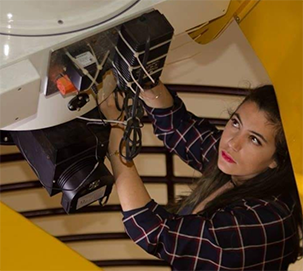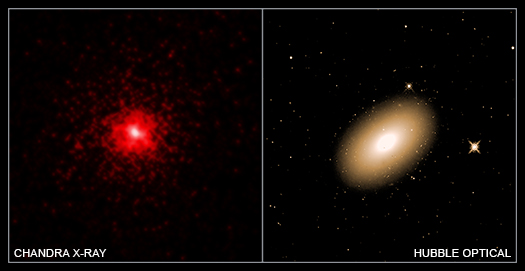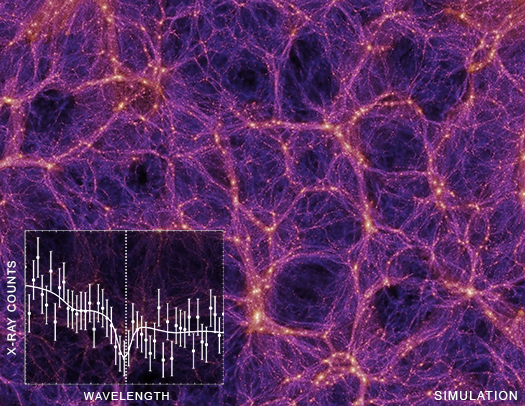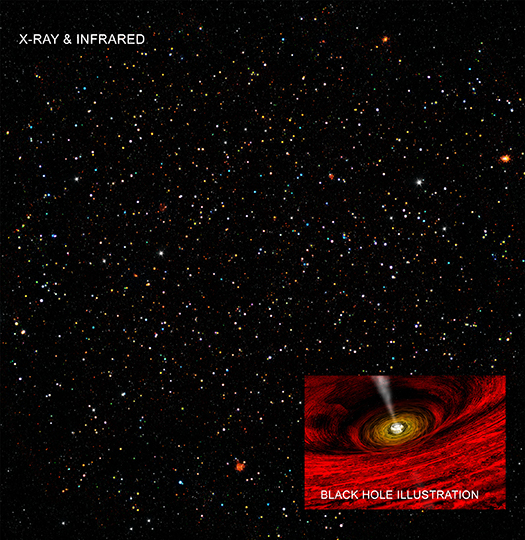 Franz E. Bauer
Franz E. Bauer It is a pleasure to welcome Franz E. Bauer as a guest blogger. Franz led the study that is the subject of our latest press release. He is an associate professor at Pontificia Universidad Catolica de Chile in Santiago, Chile, where his group studies the cosmic evolution of star-forming galaxies and supermassive black holes, as well as a variety of transient phenomena. He completed his PhD at the University of Virginia in 2001, then worked at Pennsylvania State University, University of Cambridge (UK), and Columbia University before finally moving to Chile.
Like many discoveries in astrophysics, the subject of our recent study was an act of serendipity. Our large international collaboration had been allocated a series of long observations with Chandra to push the exposure from 45 days to 75 days for the deepest X-ray image on the sky to date, the Chandra Deep Field-South (CDF-S). The primary goal of this project was to explore the poorly understood realm of the ultra-faint X-ray universe, to learn how supermassive black holes form in the early Universe and by what mechanisms they grow to become the present day "monsters" that we see today (for details, see a January 2017 press release led by Bin Luo from Nanjing University and Fabio Vito from Penn State University and an associated blog post by Fabio Vito). However, the leaders of this project, colleagues Drs. Niel Brandt (Penn State University) and Bin Luo, had studied variability from known X-ray objects in the previous data containing 45 days of exposure, and were thus monitoring the individual observations as they arrived to check for large deviations.
To our surprise, during one 13-hour observation on October 1st, 2014, a bright, new source emerged (see Figure 1), at a location where no source had been detected, even when summing up all of the previous exposures together. Two days later, in the next Chandra observation, it was gone! We had never anticipated that our observations would capture such a rare, fast transient. After convincing ourselves that it was not some weird instrumental effect, we reported it to the astronomy community as Luo, Brandt & Bauer (2014) in ATEL 6541, to encourage follow-up observations at other wavelengths and gain more clues as to the origin of this unique event.









